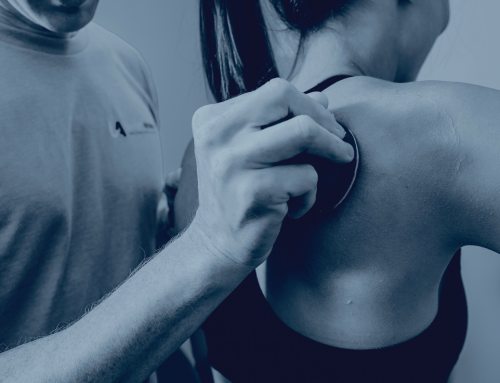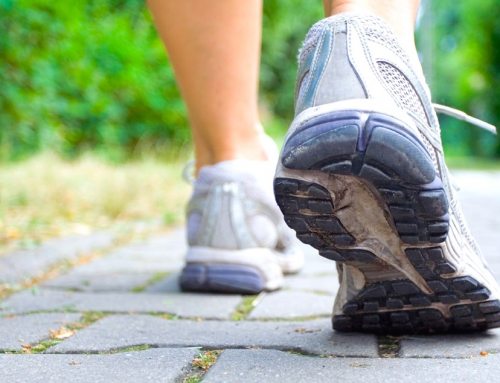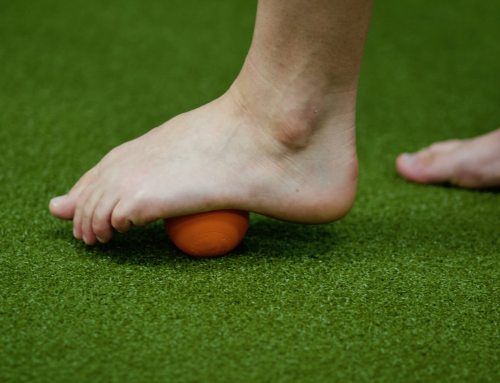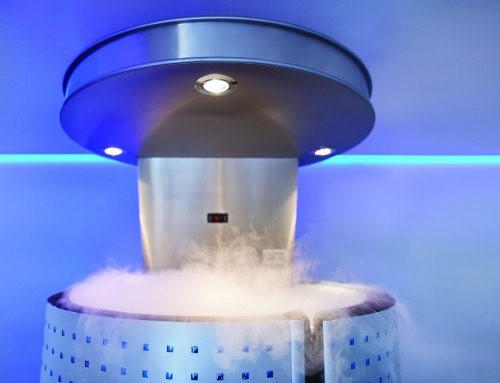By Brian Beatty
Being active requires a constant conversation with our body. To optimize performance and health, it helps to make these conversations kind and cooperative, not adversarial. Inevitably the body will periodically tell us, “hey, something’s not right here, things don’t feel and work like they ought to”.
Usually the first questions in this body conversation are some variation of: “Can I continue to be active as I work through it? What is it? What can I do to resolve it? Can I do it myself or do I need help?” This article offers some basic “stop light” guidelines to answer the “Can I continue?” question. Simply stated: green light, continue; yellow light, slow down; red light, stop and get help.
To initially assess the situation using the stop light guidelines, put a finger where you feel discomfort. If you start rubbing a broad area of muscle with spread fingers or a hand, then a likely cause is delayed onset muscle soreness (“DOMS”). DOMS is the common and expected soreness in muscles when asked to do more work than accustomed to. This is a “green light” situation, you are probably okay to continue, but you may want to add a bit more emphasis to your post workout recovery strategy.
If you point to a specific spot or can put your one or two fingertips directly on the painful area, and that area is where a tendon attaches to bone, you have a “yellow light” situation. You are probably okay to continue but need to modify the F.I.T. (frequency, intensity and total time) of your workout. Some tissue damage is beginning at a level the body cannot fully repair during the recovery cycle. This situation also suggests that flaws in form may be causing excessive strain, so refinement of form may be needed. Back off a little and make adjustments— that should be able to get you back on track.
If you point to an area within a joint, a place where the pain has a fairly specific location, but it is too deep to find and touch, this is a “red light” situation; seek professional help or assessment before proceeding. If the pain is in a joint and potentially causing injury to joint surfaces or cartilage, the situation needs to be addressed. Cartilage does not regenerate or heal like muscle or tendon. It is always better to be safe than sorry to avoid permanent tissue damage.
Other basic guidelines to seeking help include:
- Pain that does not improve with 2-3 days of rest. It does not have to go away, but it should progressively show noticeable improvement every few days.
- Pain that lasts for greater than 2 weeks. In 2 weeks’ time, tissue healing that simply needs rest and/or few training changes should have time to return to normal.
- Pain that is severe enough to create an unavoidable change in your exercise form or technique. If you simply can’t do an activity, that is usually a sign of something more than a mild tissue strain.
These are simple guidelines, but hopefully give a basic starting point. If in doubt, ask for help! We want everyone to be successful in taking care of themselves.
# # #
Brian Beatty, PT with Balanced Movement Studio spends his days in conversations with bodies and their people. More information to complement this article and other health resources can be found on their website, Www.balanced-movement.com





